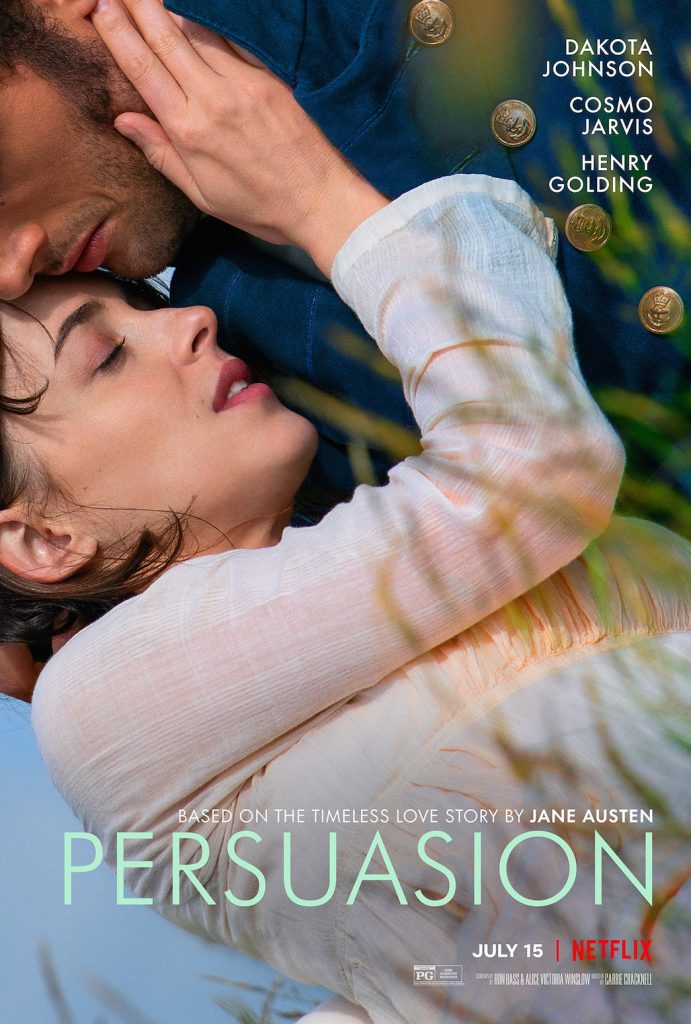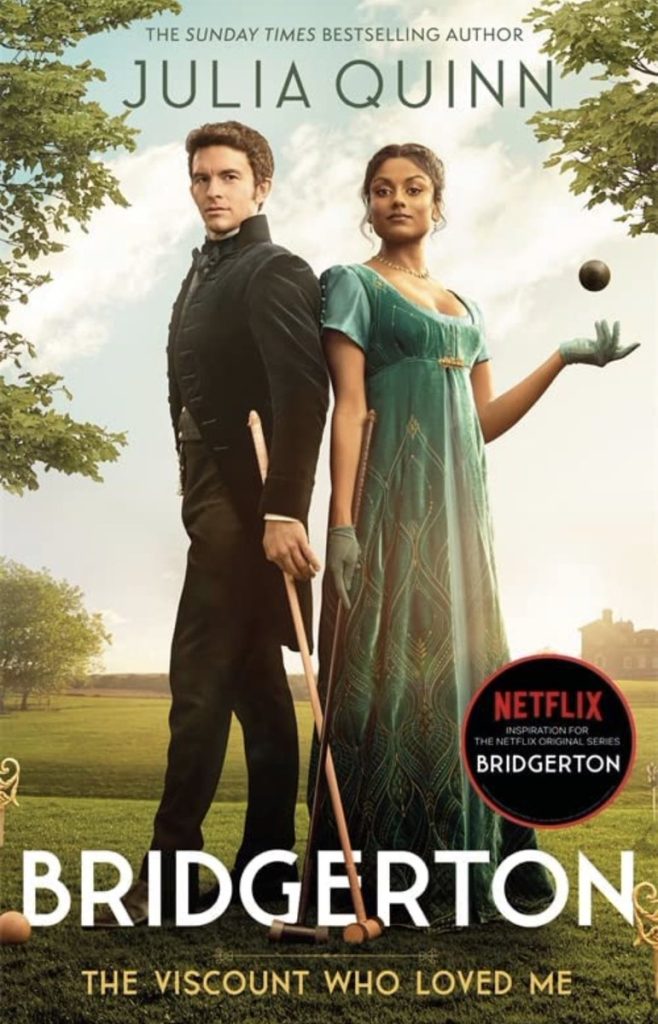This spooky season I find myself falling headlong back into the clutches of vampire fiction, a turn of events spurred on by the fantastic new television adaptation of Interview With the Vampire. Ever since HBO’s bonkers True Blood ended, I’ve been craving something that truly gets the horror, the thrill, the sheer camp of vampires. Pop culture needed a bit of a break from them, but this fall we have four new vampire book adaptations airing. We’re back, baby! And we (vampire fans) are getting everything our goth little hearts desire. For too long it’s been all about zombies. Enough. Time for the return of decadence.
For the past couple hundred years, vampires have enjoyed a stable presence in literature, waning in and out of fashion. And while people might still roll their eyes at the concept of vampire romance, probably bemoaning the cheesiness of Twilight, the fact of the matter is that for as long as there have been vampires in fiction, they have been intrinsically tied to romance—or at least, to desire. In 1700s Western Europe, the novel as we know it was in its fledgling form, and much of the written content was meant to be lurid and titillating (often under the guise of morality-teaching) for a newly widespread audience (think Fanny Hill or Pamela). Around the same time, Eastern Europe was gripped by a “vampire epidemic”; a sort of mass hysteria that caused townsfolk to exhume corpses they were convinced were coming back to life. Shortly after this time period came Gothic literature. The motifs are familiar: decaying castles or abbeys, vengeful murder, damsels, lascivious villains, and so on. Basically, Gothic fiction was the height of melodrama (for a crystallization of all of these themes and more, see 1796’s The Monk by Matthew Lewis).
Continue reading

